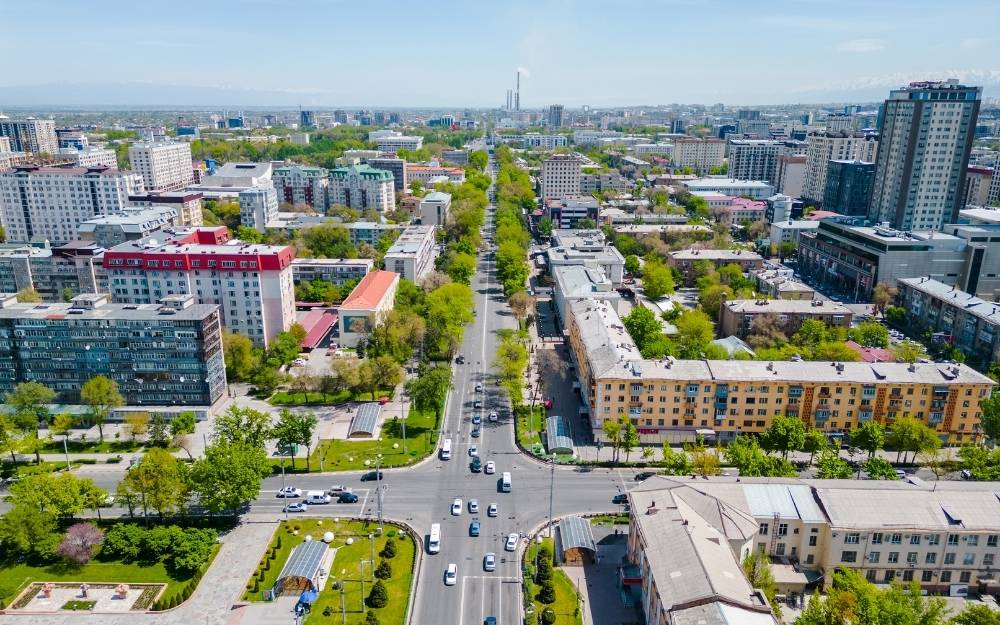As urban populations continue to surge, cities face mounting challenges—rising temperatures, flooding, pollution, and limited green spaces. To combat these environmental and social pressures, urban planners are turning toward one transformative solution: green infrastructure. This approach goes beyond aesthetics; it’s a powerful strategy for building climate-resilient, livable, and sustainable cities for future generations.
What Is Green Infrastructure?
Green infrastructure refers to the network of natural and semi-natural systems—parks, urban forests, green roofs, wetlands, and permeable pavements—that work together to manage water, reduce heat, and improve air quality. Unlike traditional “gray” infrastructure such as concrete and steel drainage systems, green infrastructure harnesses the power of nature to strengthen cities against the growing impacts of climate change.
These systems do more than beautify a city; they enhance resilience, improve public health, and provide essential ecosystem services like:
- Stormwater management that reduces flooding and erosion.
- Carbon absorption through vegetation and soil.
- Urban cooling that mitigates the heat island effect.
- Habitat creation for biodiversity within city environments.
Why Green Infrastructure Matters for Climate Resilience
Cities are at the frontline of climate change, facing heatwaves, heavy rainfall, and rising energy demands. Green infrastructure provides cost-effective, long-term resilience compared to traditional engineered systems.
For example:
- Green roofs and walls insulate buildings, reducing energy consumption.
- Urban trees lower air temperatures by several degrees, making neighborhoods more livable.
- Rain gardens and bioswales naturally filter pollutants and recharge groundwater supplies.
By blending natural systems into urban planning, cities can adapt to environmental shifts while improving the quality of life for residents.

Strengthening Communities Through Sustainable Design
Green infrastructure isn’t just an environmental solution—it’s a social investment. Parks, greenways, and community gardens foster connection, inclusion, and well-being. For individuals facing housing instability or living in dense urban areas, accessible green spaces create a sense of belonging and dignity.
Urban greening initiatives also stimulate local economies by:
- Creating green jobs in maintenance, design, and construction.
- Increasing property values through improved cityscapes.
- Attracting sustainable tourism and investment.
A climate-resilient city is one that doesn’t just survive—it thrives, empowering every citizen to benefit from shared green spaces and sustainable urban systems.
Policy and Collaboration: Building Smarter Together
The success of green infrastructure depends on collaboration between policymakers, developers, and communities. Governments can encourage private investment in sustainable projects through incentives, while community organizations can help identify local needs and priorities.
Forward-thinking cities are already leading the way—integrating nature-based solutions into housing projects, transportation corridors, and public spaces. The most impactful progress happens when sustainability becomes part of every decision, not an afterthought.
The Path Forward
Building climate-resilient cities requires more than reactive measures—it demands proactive, nature-driven innovation. Green infrastructure transforms how cities respond to environmental change while fostering healthier, more inclusive communities.
When urban growth aligns with ecological balance, cities can truly become sustainable ecosystems—where resilience isn’t built with concrete alone, but with living systems that adapt, protect, and inspire.
The future of climate resilience lies not in resisting nature, but in working with it.



